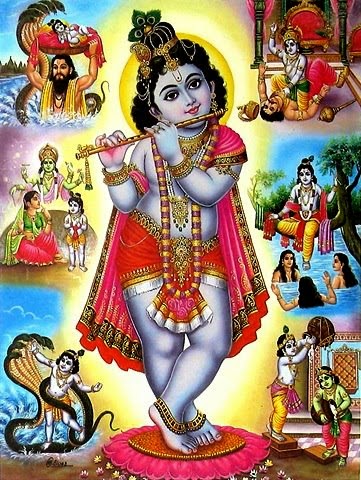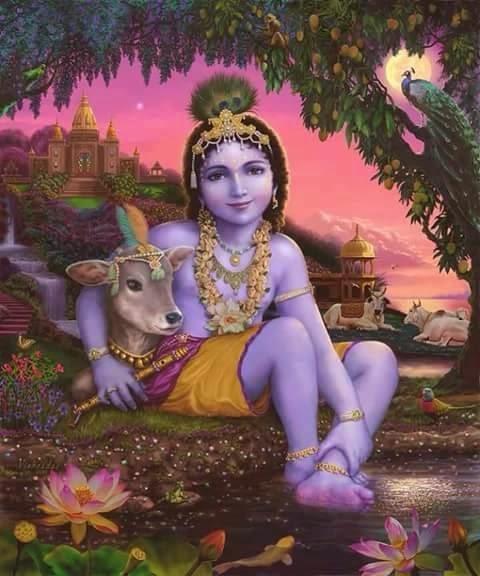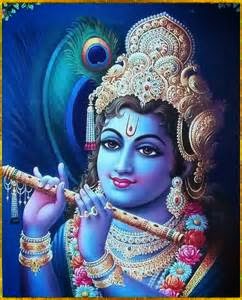A Summary of the Srimad Bhagavatham : Ch-6. Part-25.
.jpg)
6: Sri Krishna’s Vrindavana and Dvarka Lilas : Part-25. Can we imagine a person building a palace in one night, by thought itself? Do we call it a superhuman feat, a divine feat, or a human action? Who, which human being, can do that? Can we consider Sri Krishna as a man at all? Was he a human being? No—it was the purna avatara, the Full Perfection that was manifest. The story of Krishna is not complete without recounting his deeds in the Kurukshetra Lila— what the Kurukshetra Lila is, how Sri Krishna became a statesman who saved the country, and what wondrous message he gave us in the role that he played in the Mahabharata war. We shall take this up next. Next : 7. Sri Krishna’s Kurukshetra Lila Swami Krishnananda To be continued ...





.jpg)








.jpg)






.jpg)

.jpg)